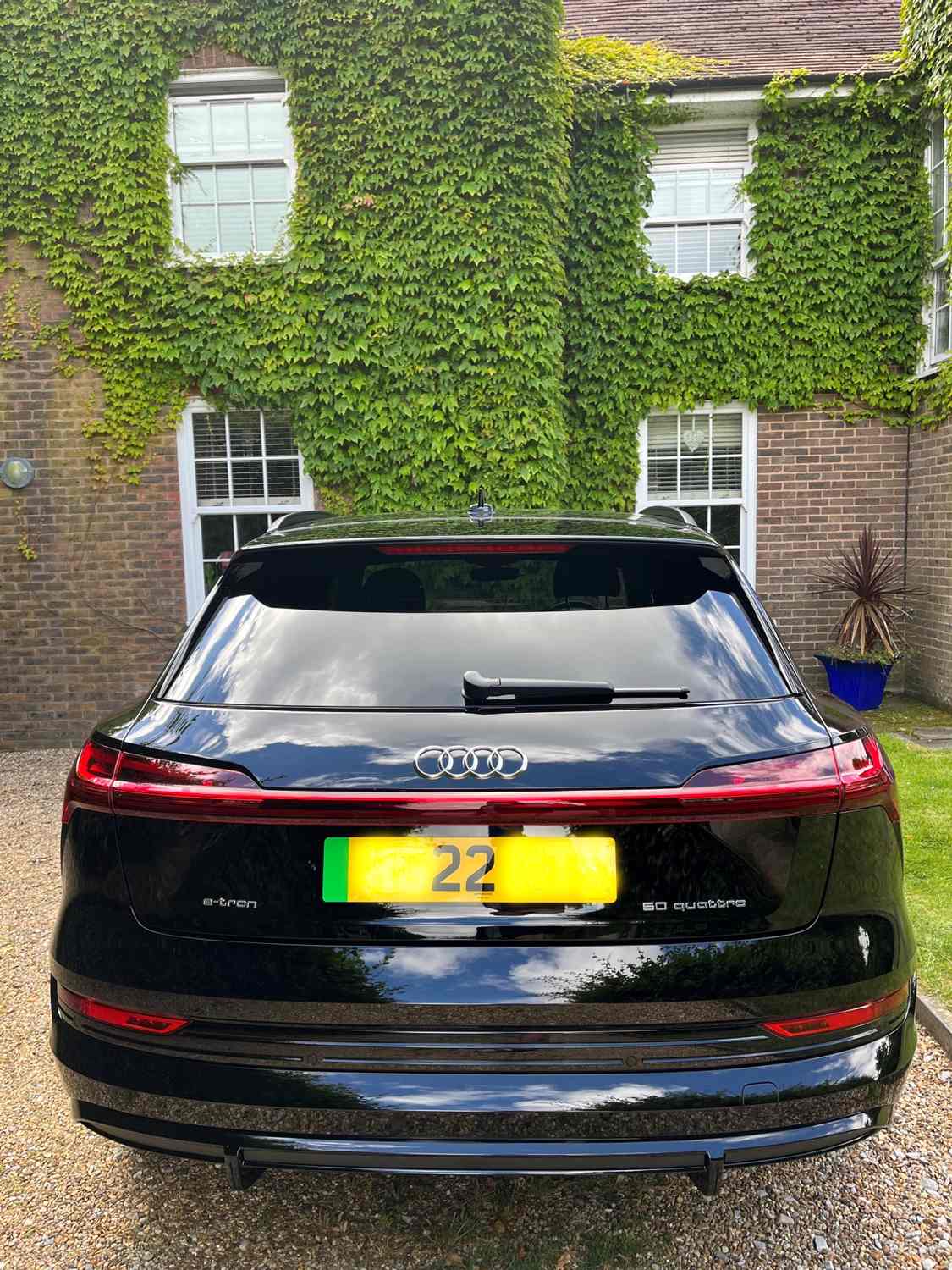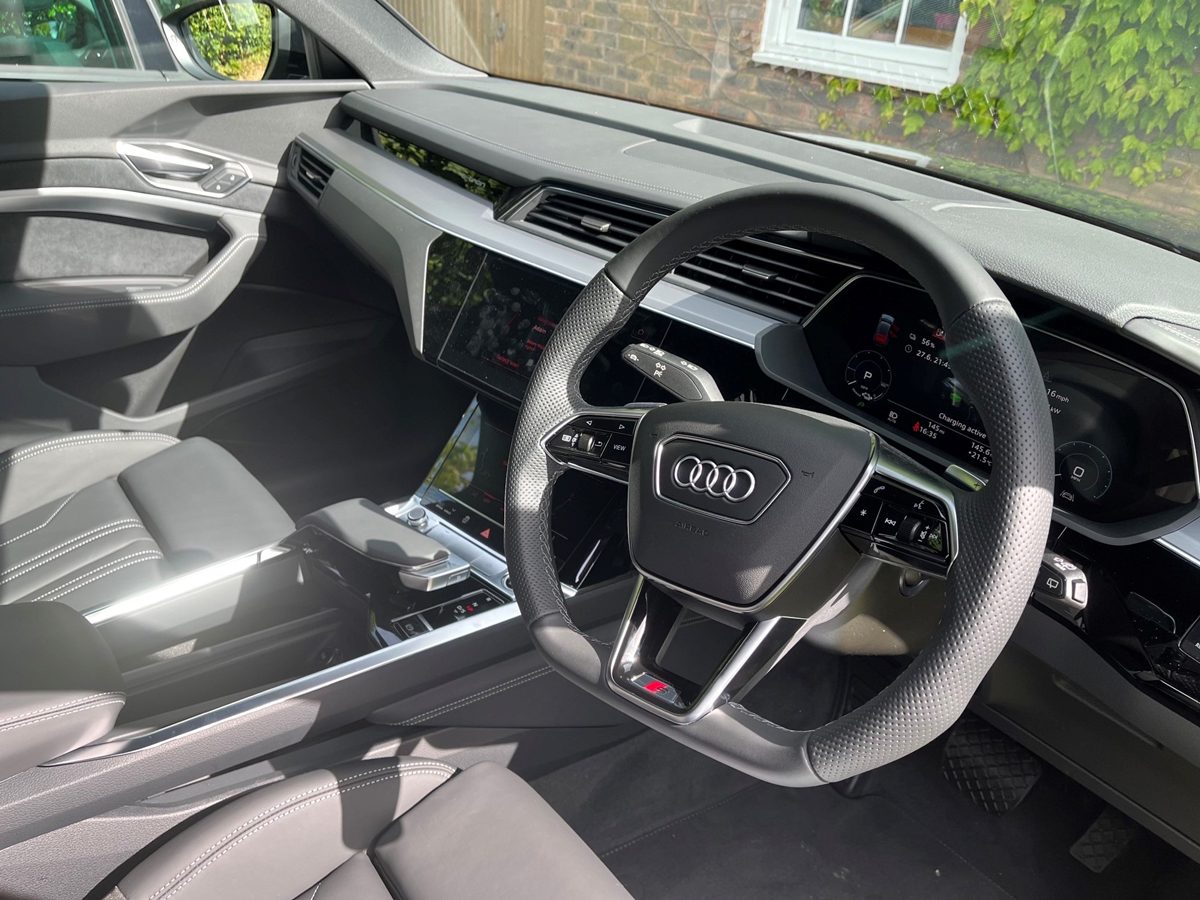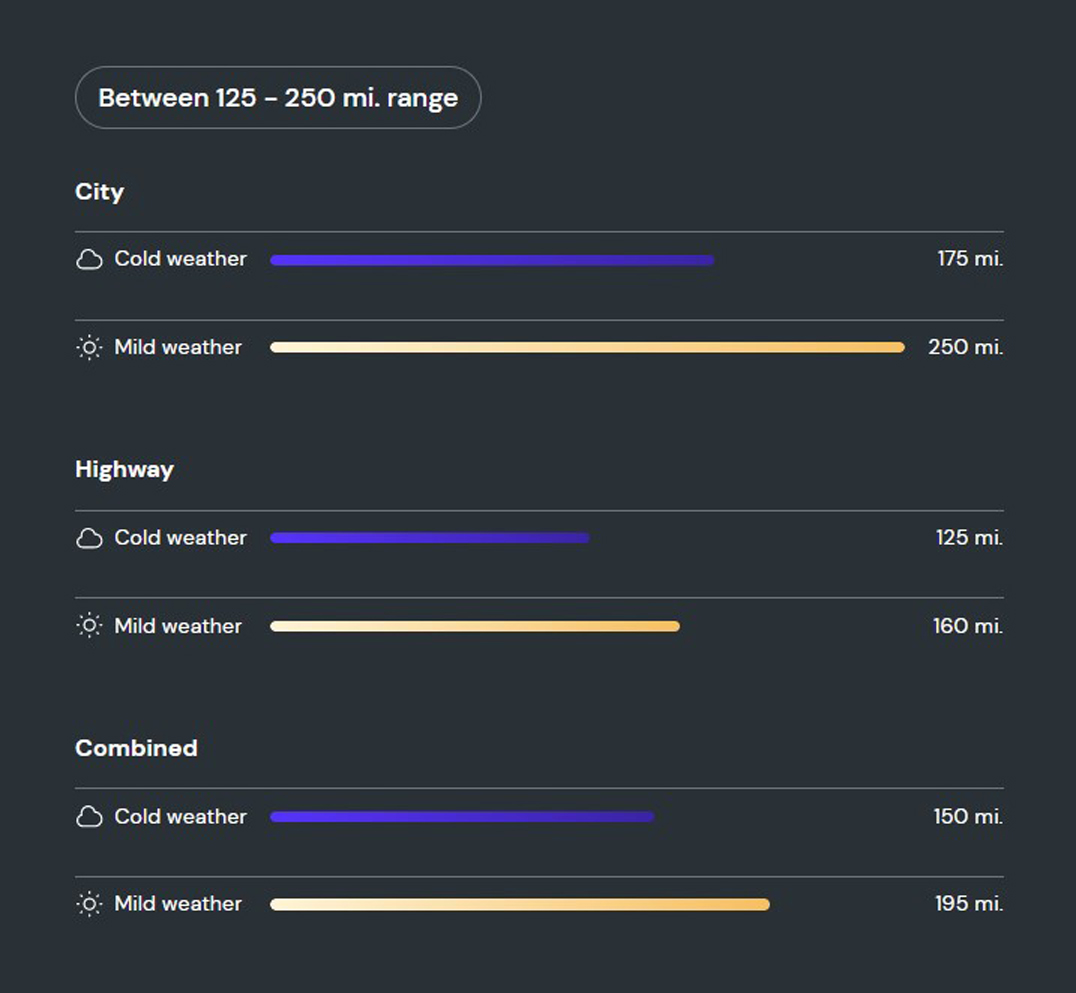
Mon-Fri 9am-5pm
Talk to our friendly electric car leasing experts now: 01942 910 001This website uses cookies to ensure you get the best experience. Learn more
The e-car lease guide to electric car charging - AC or DC?

The e-car lease guide to electric car charging - AC or DC?
The range of an electric car is the most crucial feature ... right?
In our opinion not so much, and as we will explain below, it is not always the distance your EV can travel which is the most important feature to appraise. In most cases, it is the charging speed of your new BEV and the charge point infrastructure you are utilising which will often determine your experience. Many personal or business lease customers are still waiting for cars (or vans) which will travel 300 mile+ on a full charge but this will not happen in quite the way many expect.
To achieve long ranges, this necessitates a robust battery setup in your EV - this is shown as kWh on a vehicle - and the more batteries required, the more expensive this EV will be. The future of the UK’s 2030 transition to electric transport does need to be done in a cost-effective way and not every customer will have the budget to afford robust battery configurations. What some recent articles and white papers have recognised is that “small is good” when it comes to a battery and that investment should really be focused on 1) improving charging capabilities on a vehicle’s battery; and 2) improving the public charging infrastructure. We agree with these sentiments.
Slow or rapid electric car charging? Advice for beginners
To help first-time electric car / van drivers understand all of this, we will explain some of the basics surrounding charging speeds and illustrate why they are so crucial. Each EV will have a maximum charging power which it can achieve in both AC and DC format. Your broker / dealership / finance company will be able to provide this for you before you commit to the deal.
On our e-car lease website our unique “Living with your …” tools set this out for you under “Battery & plug type”. Taking this luxury SUV shown, the Audi e-tron, you will note that it shows two charging powers -1) 11 kW AC; and 2) 120 kW DC. So what is AC and DC on an EV? Essentially the AC, or alternating current, is the power which comes from the National Grid into most domestic and workplace properties.
Each EV has an onboard charger which converts the AC into DC which then will then feed your battery. Most domestic charge points are 7.4 kW, as a dedicated solution is much safer and quicker than a domestic 2.3 kW socket / wall plug. For any properties with 3-phase configurations, you may be able to install an 11 kW or 22 kW AC charge point solution. Again, in utilising this faster charge point, you can charge your EV much quicker than a comparable 7.4 kW solution.
So can any EV charge at 11 kW or 22 kW AC?
As we discussed above, each manufacturer and model will have a slightly different battery setup. This means that you will see divergences on charging capabilities. Some EVs charge at 6.6 kW AC whereas as others can achieve 11 kW or 22 kW AC via their onboard charger.
To be clear, if your EV can only charge at 7.4 kW AC, there would be no inherent advantage in connecting it to an 11 kW or 22 kW AC option, as the charging speed would be the same. Indeed, some charge points can charge you more (shown as pence per kWh) based on the speed and convenience it offers. Like the Audi e-tron pictured here, many new EVs are being produced with a 11 kW AC capability with a 22 kW AC being an additional option you can purchase.
For employers who are encouraging their company car drivers or salary sacrifice drivers to go zero-emission, they need to consider their charging infrastructure more carefully in that speed will be key to running an efficient system. If you have multiple EV drivers needing a charging solution, the ability to circulate the chargers every 4-6 hours using an 11 kW point as opposed to a 7-12 hours on a standard 7.4 kW option soon becomes an apparent benefit
What can also confuse customers within this is the separation of what is considered a Slow or Fast charging solution for a pure electric car. Some years ago when there were few EVs and a limited charge point infrastructure, it was common to refer to a Slow charge as a wall plug (i.e. 2.3 kW) whereas a Fast charge could be a 7.4 - 11 kW AC infrastructure.
Rather than use terms, we set out the information to the customer in a clear format so that they can properly understand exactly how long a 0 - 100% charge will take - see “charge times” on our e-car lease website. Charge times, and slow or fast, are somewhat subjective notions which need to be considered in conjunction with a car’s capabilities and the customer’s expectations.
So for an e-Tron SUV, this smaller “50” battery would take 33 hours on a 3-pin wall plug, 10 hours and 30 mins on a 7.4 kW home charger and 7 hours on an 11 kW AC charge point to go from 0 - 100%. We will leave it to our customer to ascertain what is slow and what is fast based on that objective information.
Why not just use DC for charging my electric car?
It may seem more practical to convert all locations to DC solutions, as an EV can only store power as DC. However, unlike the AC solutions noted above, employing DC charge points at service stations, workplaces and key destinations comes at a price. For some, the cost of the groundworks, infrastructure and electricity upgrades make the process cost obstructive.
The good news for UK drivers is that companies like Tesla, InstaVolt, Osprey, Gridserve and ChargePoint are now upgrading the rapid charging network. This means more locations to access along with upgraded charging capabilities. When EVs were first introduced, many did not have the 100 or 200 kW DC charging capabilities; indeed the iconic Nissan Leaf was a sub-50 kW DC vehicle.
This did mean that some of our charge point infrastructure was built around this. But in an effort to future-proof, significant investment is not only adding to the locations available but will also see the charge point speed increase too. One of the reasons the Government ended the Plug-in Grant on cars back in June 2022, was to focus on the charging facilities available to UK drivers.
How quick is rapid / ultra-rapid charging for my EV?
Again, at e-car lease we have moved away from speed classifications, as this is relevant to a car and the charge point employed. Using our Audi 4x4 here, this has a rapid charge DC capability of 120 kW. For times, this means a 25 minute session to go from 10 - 80%.
Because of the way in which rapid charging operates, many will only ever go to 80 / 85% on the battery; your EV will actually slow down the rate of charge as you approach this so you will never rapid charge from 0 - 100%. As can be seen with this e-tron, a rapid session is somewhat quicker than an AC one.
And the Audi isn’t even nearly the quickest rapid solution - the Porsche Taycan at 262 kW, the Tesla Model S at 250 kW, the Kia EV6 at 233 kW and the Genesis GV60 at 233 kW are examples of what can be done. In real-world terms, having this level of charging capabilities will result in 10 - 20 minute rapid charging sessions, providing more parity with a petrol or diesel experience.
And with some of the aforementioned charge point providers installing 350 kW charge points, sub-10 minute rapid charging sessions will be available in the future (so long as the car and van manufacturers ensure their battery tech is capable!)
For more information on the best EVs for rapid charging please see our electric vehicle comparison page
Audi E-tron Estate 230kW 50 Quattro 71kWh Black Edition 5dr Auto (Pure Electric Vehicle)
In terms of the car shown, the Audi E-tron Estate 230kW 50 Quattro 71kWh Black Edition 5dr Auto (Pure Electric Vehicle), this is based on the following configuration:
- Brilliant Black Solid Paint
- Valcona leather - Black with rock grey stitching + front sports seats
- Dark matt brushed aluminium inlay
- 21" 10 spoke rotor gloss anthracite black diamond cut audi sport alloy wheels
- Mode 3 / Type 2 Charging Cable (Public Charging & home wallbox charger – Fast charging)



What is the real world-range of the Audi e-tron?
What charging power does the Audi e-tron have?
.jpg)
How long does it take to charge the Audi e-tron?
.jpg)
How much is the company car tax on the Audi e-tron?
e-car lease work alongside these select finance companies:





e-car lease have a partnership and affiliation with:



Register & get new deals weekly
 Exclusive offers
Exclusive offers
 Electric-only deals
Electric-only deals
 Never miss out
Never miss out

Talk to one of our experts
01942 910 001 Email usLeasing


© Copyright 2025 e-car lease. All rights reserved. e-car lease is a trading name of CarLease (UK) Ltd, e-car lease is a credit broker and not a lender. We are authorised and regulated by the Financial Conduct Authority. Registered No: 706617. BVRLA Membership No. 1471. Registered in England & Wales with Company Number: 09312506 | Data Protection No: ZA088399 | VAT No: 200422089 | Registered Office: Kings Business Centre, Warrington Road, Leigh, Greater Manchester, WN7 3XG
Made by morphsites®







.jpg)






